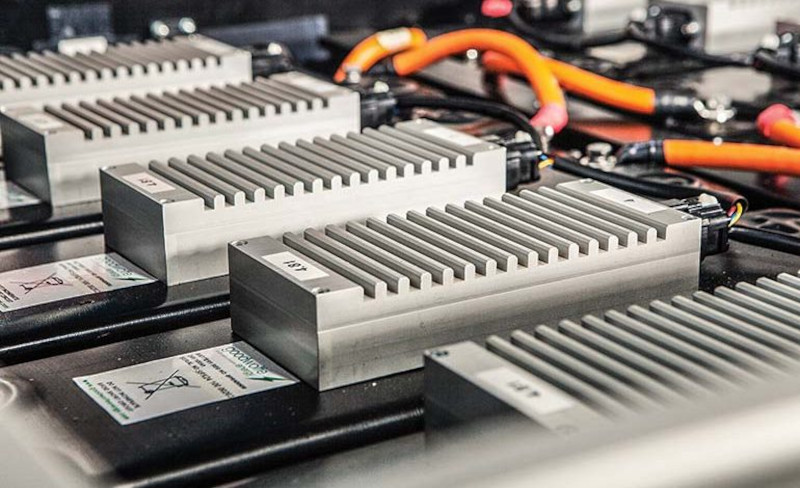DOT prescribes specific packaging specifications, and numerous variables come into play when selecting and designing packaging for lithium ion batteries. Several factors will define the packaging materials and system you’ll need.
Adherence to government-approved shipping materials
When shipping lithium ion batteries, government regulations will heavily dictate what packaging materials you use.
According to the DOT, lithium ion batteries must be shipped in a manner that protects against:
- Short circuits
- Movement within the outer package
- Accidental activation of the equipment
As a standard guideline, metallic inner packaging for lithium ion batteries is prohibited. Each battery or cell must be entirely enclosed to prevent contact with other equipment or any conductive materials.
The inner packaging containing lithium ion batteries can be placed in containers crafted from various materials, including metal, wood, fiberboard, or solid plastic jerrycans.
Batteries that weigh more than 26.5 pounds and have a robust, impact-resistant outer casing, may be packed in sturdy outer packaging or protective enclosures like fully enclosed wooden slatted crates, pallets, or other handling devices.
A guiding principle is that lithium ion batteries must be packaged to eliminate movement or contact with other materials, and each package must display a hazard communication label.
Battery Type
Different kinds of lithium ion batteries have distinct specifications and packaging requirements, depending on whether they are intended for recycling, disposal, prototype use, or are damaged.
Batteries Intended for Recycling or Disposal
These batteries are exempt from testing and record-keeping requirements but must meet typical packaging criteria for lithium ion batteries.
Prototype Batteries
Prototype lithium ion batteries are also exempt from testing and record-keeping requirements but must meet standard packaging requirements, along with the option to employ non-combustible, non-flammable cushioning to prevent vibration and contact with other materials. Batteries weighing more than 60 pounds must be individually packaged, and shipping papers must include the verbiage: “Transport in accordance with §173.185.”
Damaged /Recalled Batteries
Damaged lithium ion batteries may only be transported by highway, rail, or vessel. Each battery must be individually packaged in non-metallic packaging made of cushioning material that is non-combustible, non-conductive and absorbent.
The individual packaging must then be enclosed in outer packaging. Outer packaging can be made from metal, wood, or plastic. It must also display visible labels indicating “Damaged/defective lithium ion battery” and/or “Damaged/defective lithium metal battery.”
Seeking the Perfect Solution
Shipping and packaging lithium ion batteries are complicated tasks due to extensive regulation. While ample information is available about shipping requirements, designing lithium ion battery packaging remains somewhat ambiguous. Obtaining certification for your designs may involve a challenging and time-consuming trial-and-error process.
However, at ProtecPac, we possess extensive expertise in designing packaging that adheres to North American shipping specifications while addressing your unique needs. If you’re grappling with lithium ion battery packaging challenges, we are here to assist you in finding the optimal solution. Please do not hesitate to contact us to learn more about how we can help streamline your lithium ion battery packaging processes.

